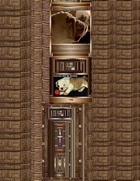

Veterinarian Visit Tips
The first year of owning a pet means more veterinary check-ups than usual. However, once you get past the first year of your pet's life, you will most likely only need to visit the vet for annual check-ups. This article contains a few tips for taking your pet out to their first annual vet check-up visit. Here's what to expect:
Most veterinarians will do the "nose to tail" exam; this simply means that they will start the examination at the nose and end with the tail. This is just a way that helps them stay methodical so they can perform a completely thorough examination.
So, first, we have the nose. Your vet will be looking for a nasal discharge; though this can just be a sign of a doggie cold, it could also mean symptoms of a more serious illness, such as Canine Distemper or a respiratory infection, just to name two.
Next, your vet will move on to the eyes. They will look to see if your pet's eyes are alert and full of life; dull or lethargic eyes can be a warning sign of parasites or various illnesses. Eye infections will cause a discharge or an "oozing," so a vet will look for these as well.
From the eyes your vet will go to the ears. Believe it or not, sometimes that doggie smell comes from your pet's ears! Ears are a good place to harbor various bacteria and infections. Keeping your pet's ears clean should be a vital part of your weekly grooming.
Next on down the line is the mouth. Your vet will basically look to see if your pet has good dental health: minimal plaque, no signs of gingivitis or periodontal disease. Your vet will also examine any cuts, lumps, or bruises that may be present.
Once the head examination is complete, your vet will move to the chest. Here they will listen to your pet's lungs for coughing, congestion, or any breathing difficulty or abnormality. Congestion or abnormality in breathing could very likely be the cause of many different illness or infections, so your vet will listen very carefully to your pet's breathing.
Next on the list is the heart. Just like humans, the heart is the most important organ for dogs. Your vet will take out their stethoscope and listen to your pet's heart as they make sure the beat is healthy and the heart rate is normal.
The skin and coat examination is important in the exam process. Your vet will check for any unusual cuts, scrapes, bruises, lumps, swelling, a thinning of the coat, and of course: fleas and ticks.
The Abdomen is the second to last stop on the examination train. Your vet will lightly press on your pet's abdomen area to feel for any sensitivity, lumps, or abnormal distending.
The spine and tail are the last check-ups on the exam. Your vet will feel along your pet's spine, make sure it is healthy and in-line. Your vet will then do the same with the tail and legs, looking for anything unusual.
Though having an annual vet check-up is different from a vaccination visit, there is usually no cause for worry. You have picked you vet because you trust them. Your pet is in their hands, and if you take your pet to annual vet check-ups, it will help your pet stay healthy and live a longer, fuller life!








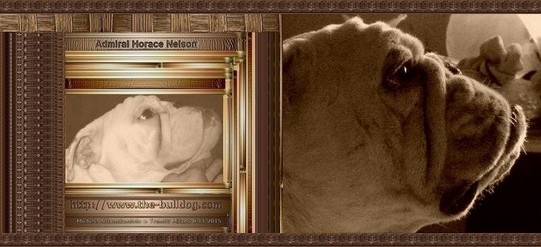
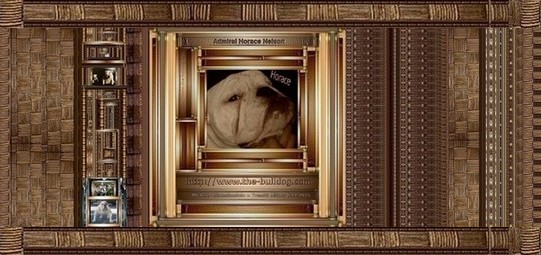






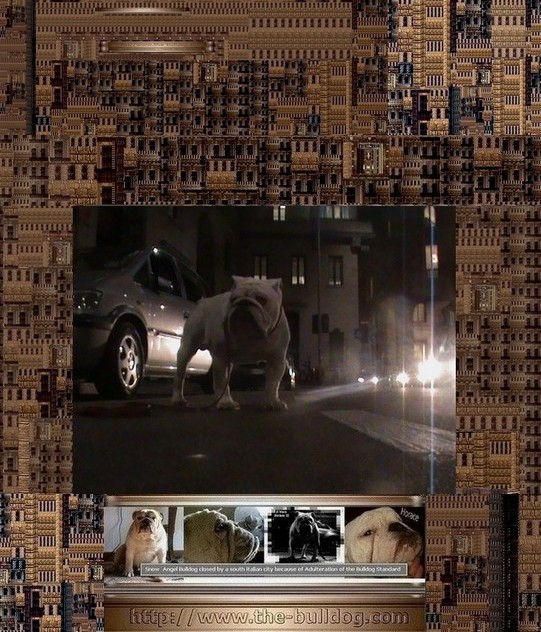
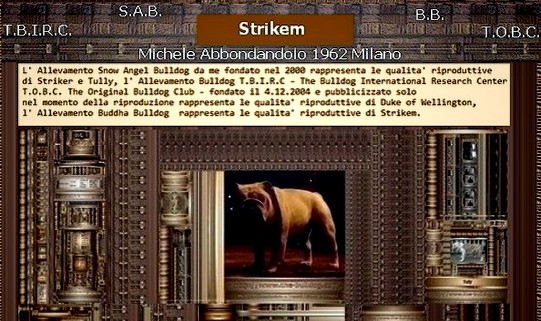
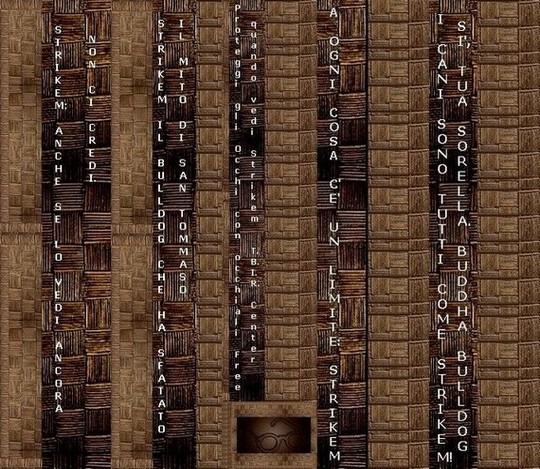


-
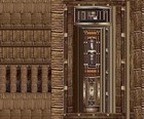


 Homepage
Homepage


-

- blog
-


- rhinoscopy
-

- diagnoses
-

- separation
-

- lung
-

- embolisation
-

- thromboembolism
-

- history
-

- owners
-

- healing
-

- puppy tips
-

- ectropion
-

- hip joints
-

- staphylococcus
-

- soil dust
-

- behaviour
-

- breathing
-

- size
-

- breathing
-

- breathing
-

- fistula
-

- brain
-

- heart
-

- thromboembolism
-

- ptosis
-

- third eyelid
-

- Breeding
-

- pets
-

- Visit Tips
-


-

- Bulldog Bianco
-

- Maculato
-



-


-

-





-

-


-



-





-


-

 Misheru
Misheru
-


- __Killed by Law

-
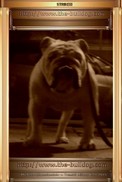

-

-

- ____Grafica

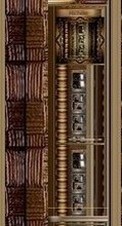 ____Html
____Html
















